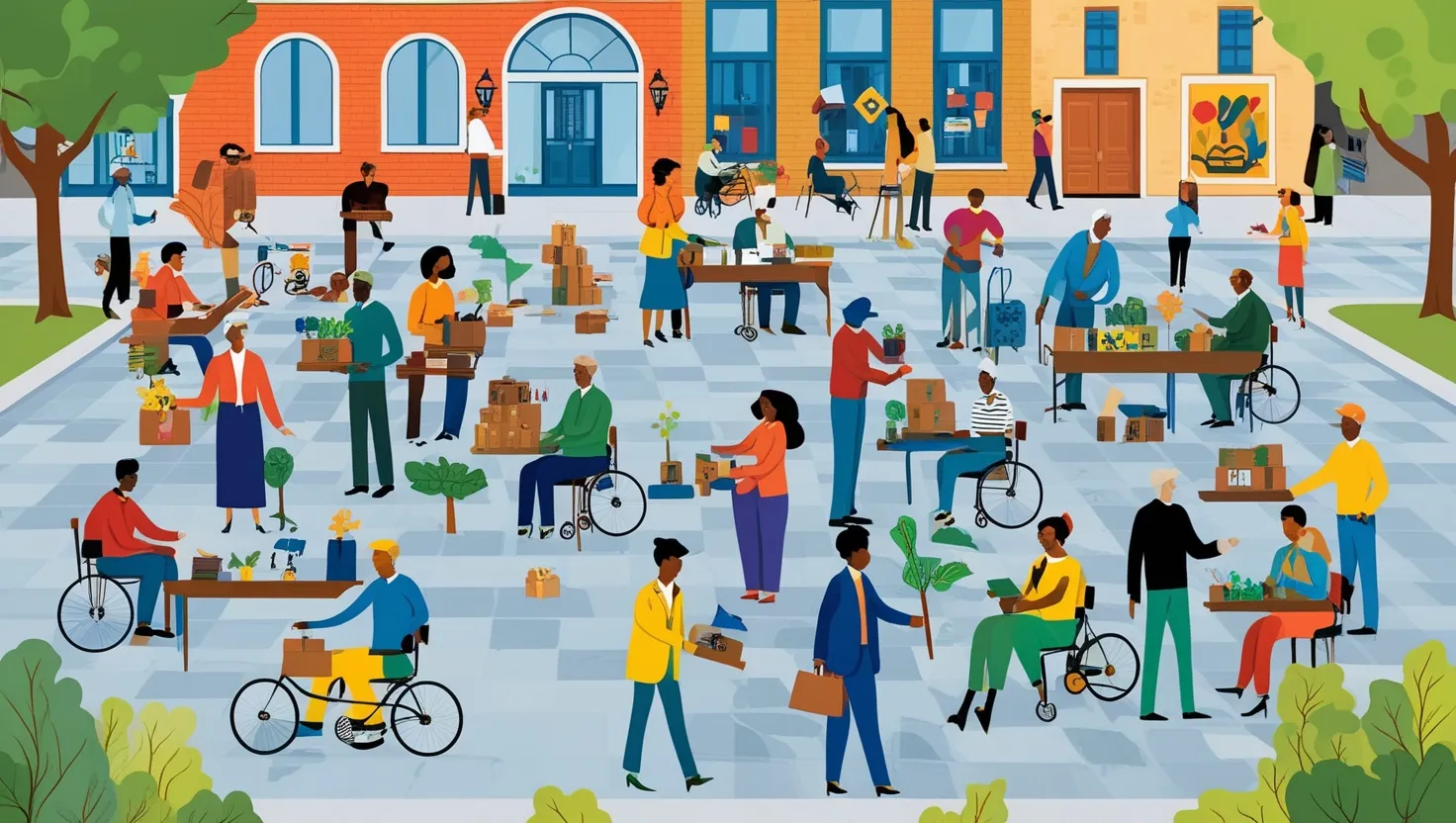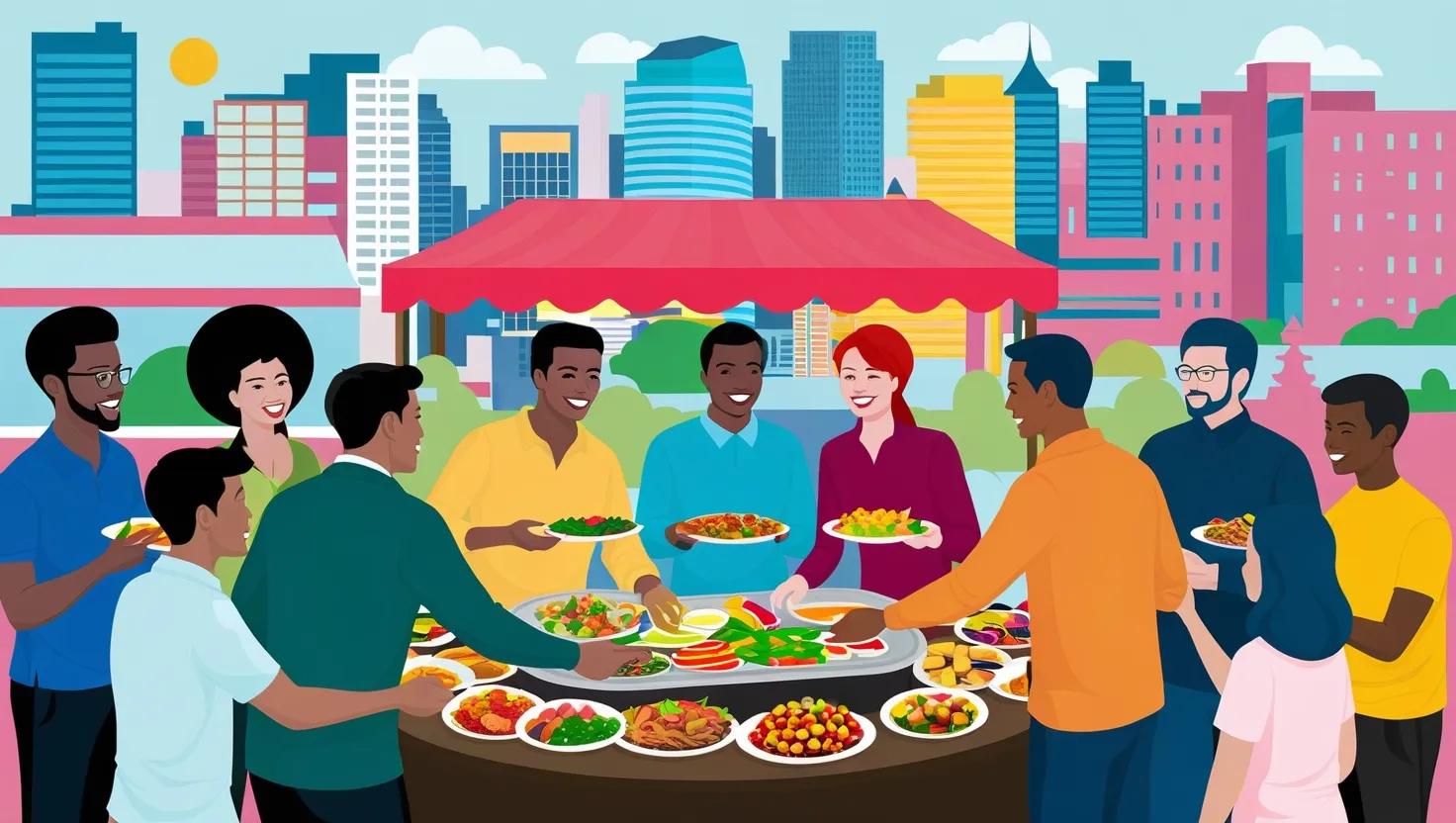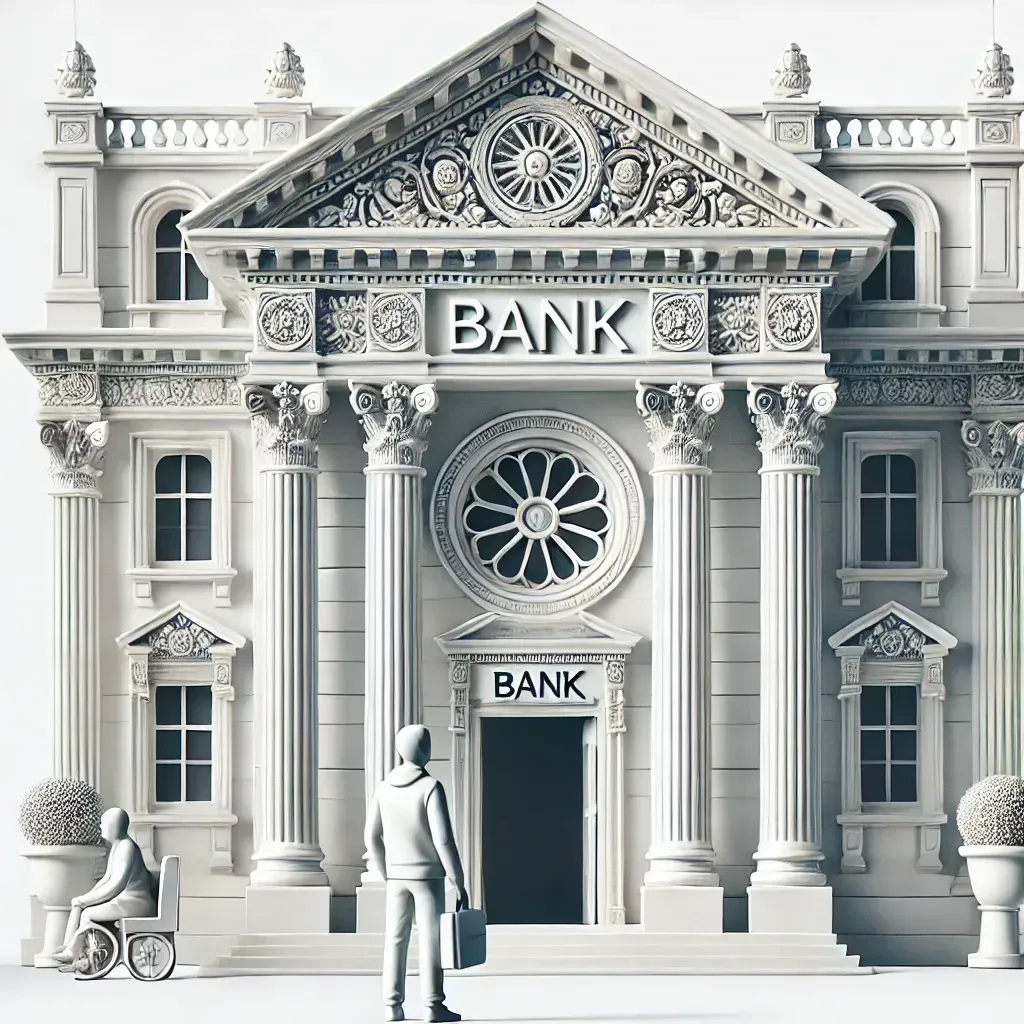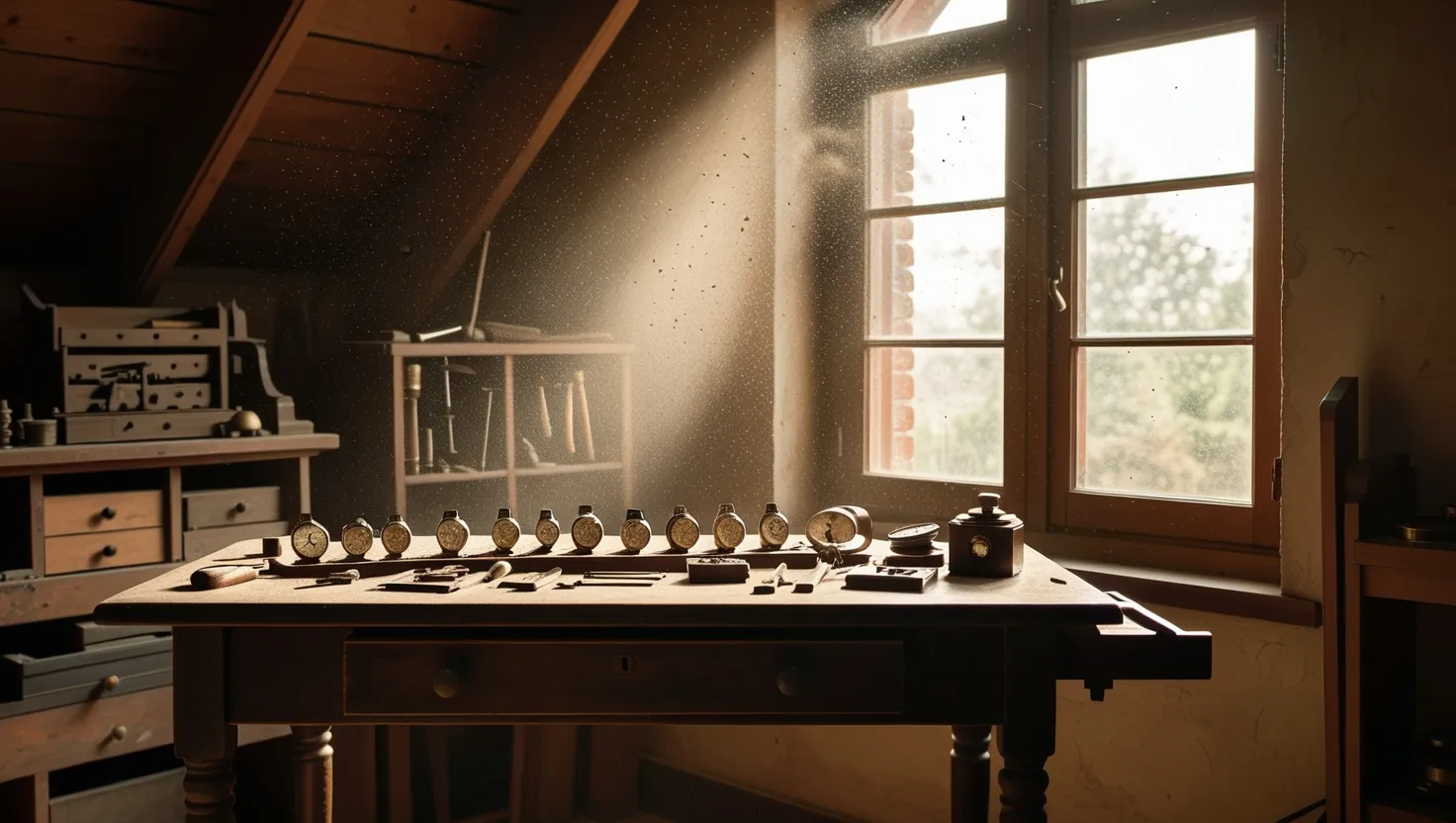In the quiet streets of our neighborhood, a revolution was brewing, one that would change the lives of many, including mine. It was the brainchild of Leo, a retiree who, despite his wealth of experience and wisdom, found himself grappling with the isolation that often comes with retirement. His solution was both simple and profound: a neighborhood time bank.
The Birth of an Idea
Leo’s journey began with a realization that many of us can relate to – the feeling of being disconnected from the world around us. As he sat in his cozy living room, surrounded by memories of a lifetime of work and family, he felt an emptiness that he couldn’t shake off. It was then that he stumbled upon the concept of time banking, an idea that would soon become his passion project.
Time banking, at its core, is about exchanging time rather than money. Every hour spent helping someone else earns you one hour of credit, which you can then use to receive help from someone else. It’s a system that values everyone’s time equally, regardless of the service provided. Whether it’s babysitting, gardening, or even teaching a language, every hour holds the same weight.
Building Connections
As Leo delved deeper into the world of time banking, he began to see the potential it held for his community. He envisioned a network where neighbors could help each other, share skills, and build relationships that went beyond mere acquaintances. With the help of a few like-minded individuals, the neighborhood time bank was born.
The first few meetings were tentative, with people unsure of what to expect. But as they started listing their skills and services, something magical happened. Mrs. Johnson, who had been a librarian for over 20 years, offered to tutor children in reading. Mr. Thompson, a retired mechanic, volunteered to fix bicycles and cars. And Leo, with his background in law, offered legal advice.
“As we work to create light for others, we naturally light our own way.” - Mary Anne Radmacher
This quote resonated deeply with Leo as he saw the time bank grow. People were no longer just neighbors; they were friends, mentors, and supporters.
Alternative Currencies and Social Capital
As the time bank expanded, Leo began to understand the broader implications of this system. It wasn’t just about exchanging hours; it was about creating an alternative economy, one that valued time and skills over money. This concept challenged the traditional notion of work and wealth, suggesting that everyone has something valuable to offer, regardless of their financial status.
Social capital, a term that was once foreign to Leo, became a central theme in his life. It was the idea that relationships and networks within a community could be just as valuable as financial capital. The time bank was fostering this social capital, creating a web of connections that strengthened the community as a whole.
Community Economics
The time bank also introduced Leo to the concept of community economics. It was about recognizing that the well-being of the community was intertwined with the well-being of its members. By helping each other, they were not only solving individual problems but also contributing to the health and prosperity of the community.
As the weeks turned into months, the neighborhood transformed. People were no longer isolated; they were engaged, active, and supportive of one another. The time bank had become a hub of community activity, a place where people could come together to share, learn, and grow.
“The best way to find yourself is to lose yourself in the service of others.” - Mahatma Gandhi
This quote often came to mind as Leo saw the impact of the time bank. People were finding purpose and meaning in their lives by serving others, and in doing so, they were discovering new aspects of themselves.
Finding Purpose
For Leo, the time bank was more than just a project; it was a new chapter in his life. He found himself busy, not just with administrative tasks but with meaningful interactions. He was tutoring young children in history, helping a new immigrant family with legal paperwork, and even learning how to garden from a seasoned green thumb.
As he looked around at the vibrant community he had helped create, Leo felt a sense of pride and fulfillment. He had found a new purpose, one that went beyond his professional life and connected him deeply with the people around him.
Questions and Reflections
- What skills do you have that you could share with your community?
- How can you contribute to building stronger connections with your neighbors?
- What are some unmet needs in your community that a time bank could address?
As I reflect on Leo’s journey, I am reminded of the power of community and the importance of human connection. In a world that often values money over time, the time bank stands as a testament to the value of every individual’s contribution.
A Ripple Effect
The impact of the time bank was not limited to the immediate community. It had a ripple effect, inspiring other neighborhoods to adopt similar models. People from different walks of life were coming together, sharing their skills, and building stronger, more resilient communities.
As I think about the future, I am filled with hope. The time bank is more than just an alternative currency; it is a way of life. It is a reminder that we all have something to offer, and by working together, we can create a world that is more connected, more supportive, and more meaningful.
“The smallest act of kindness is worth more than the grandest intention.” - Oscar Wilde
This quote encapsulates the essence of the time bank. It is not about grand gestures but about small, consistent acts of kindness that can change lives and communities.
In the end, Leo’s story is a testament to the power of innovation and community spirit. It shows us that even in our golden years, we can find new purpose and connection by reaching out and helping others. As we continue to build and grow our time bank, we are reminded that the true wealth of a community lies not in its money but in its people.






